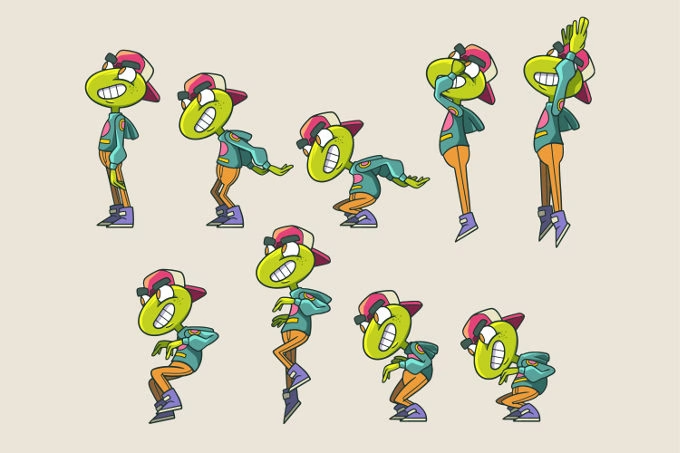Contents
User experience (UX) is very important. A well-designed and beautiful website can dramatically enhance a user’s engagement and satisfaction. One of the strongest tools that serve this purpose is animation. Proper use of animations can help create highly dynamic and immersive experiences on your website. But there is always a need to find a balance between appearance and performance. What are the JavaScript animation libraries for?
Adding engaging animations without sacrificing website speed.
The Power of Animation in UX
Animation being able to:
Enhance User Engagement: Fabulous animations will attract the attention of users and keep them interested.
Improve User Experience: Discrete transitions and interactive elements help navigation to feel natural and enjoyable.
Aid Visual Messaging: Animation can aid in explaining difficult concepts as well as presenting data.
Branding: Using animations consistently can become a part of voice and expressive style of your brand identity.
Choosing the Right Animation Library
Choosing the right animation library is essential. The following are some of the bigger contenders:
1. GSAP (GreenSock Animation Platform)
Powerful and Versatile: GSAP The container offers the whole toolbox that is required for creating complex animations including timelines, easing, or tweening.
Performance: Having said that, these animations must be executed swiftly and efficiently, and GSAP is intended for that purpose.
Usability: Really, the names, the well-described arguments, and the simple syntax all provide teachers at any level with enough ease of use.
2. Anime.js
Light, breezy, and supple: Anime.js This is a petite library for carrying out animations cleanly and gently.
Timing Controls: At a timing level, it uses functions for easing and delay for quick adjustments of animations.
Staggered Animation: These stagger the effects to give a natural feeling to the animation.
3. Framer Motion
Component-Based Animation: Works with React components perfectly and is good for modern web development. with React components, making it ideal for modern web development.
Spring Physics: Animations filled with life using spring physics.
Gesture Interactions: Animate interactions based on gestures.
Animation-Optimization and Performance
Animations greatly improve UX, if installed adversely, lead to foul website performance.
Restrain the Use of Animations: Too many will overwhelm the user and also slow the page down.
Animate for Core Interaction: Animate UI elements like buttons and menus that drive user experience.
Animate with Lazy Loading: Allow animations to load only when about to enter the user’s viewport.
Animate for Hardware Acceleration: Use GPU acceleration to take some of the rendering workload away from the CPU.
Test Devices and Cross-Browser Compatibility: Make sure the animation solidly performs well on device and browser variations.
Measure Performance: Use tools such as Lighthouse and WebPageTest to keep an eye on your website’s performance.
Animations and Their Impact on SEO and Core Web Vitals
Search engines like Google are likely to favor sites offering an effective user experience. Animations being one term in the UX basket themselves, if implemented wrongly, can hurt your SEO.
Core Web Vitals: Depending on the implementation, animations could affect Core Web Vitals,-LCP and CLS.
User Experience: Improperly optimized animations may degrade the user experience and act against ranking ability.
Mobile Performance: Mobile devices do possess limited processing power, so animations must be optimized accordingly.
Allowing for great user experiences while still maintaining performance.
Keep users in mind, optimize animations, and regularly evaluate your website’s performance.
Hence, animations can act as a huge boost to your site UX, and hence become a tool of business success.

